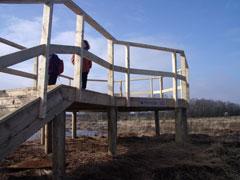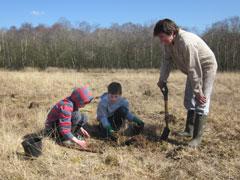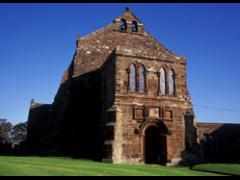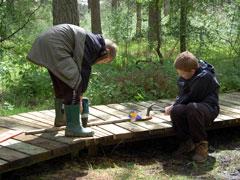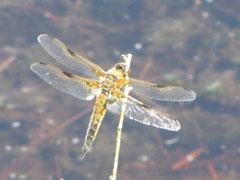A new small visitor centre and educational facility has been created at the RSPB reserve of Campfield Marsh, approximately 1.5 miles west of the village of Bowness-on-Solway. The building is a 19th century barn, part of the original North Plains Farm, carefully restored using traditional and environmentally friendly building techniques including hempcrete plastering and sheep’s wool insulation.
The Wetlands Centre is an ideal first port of call to explore the Solway Coast, and the reserve features a mixture of wetland habitats including saltmarsh, wet grassland and peat bog and lots of fantastic wildlife as a result of careful management of natural habitats. Paths, wildlife hides and boardwalks allow you to get out and experience this unique landscape on site. The Centre provides car parking, an exhibition, toilets and hot drinks and is open all year round. New access routes are also being created on site to allow you get close to wildlife and enjoy the site. A family discovery area is being created to enable everyone to get close to, and enjoy wildlife.


